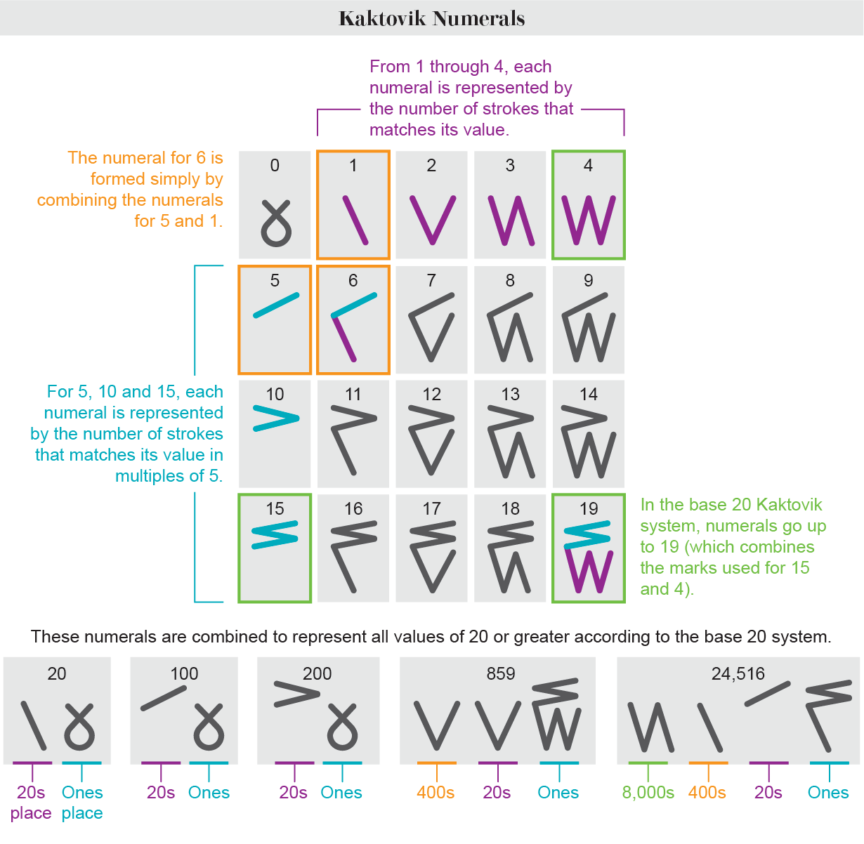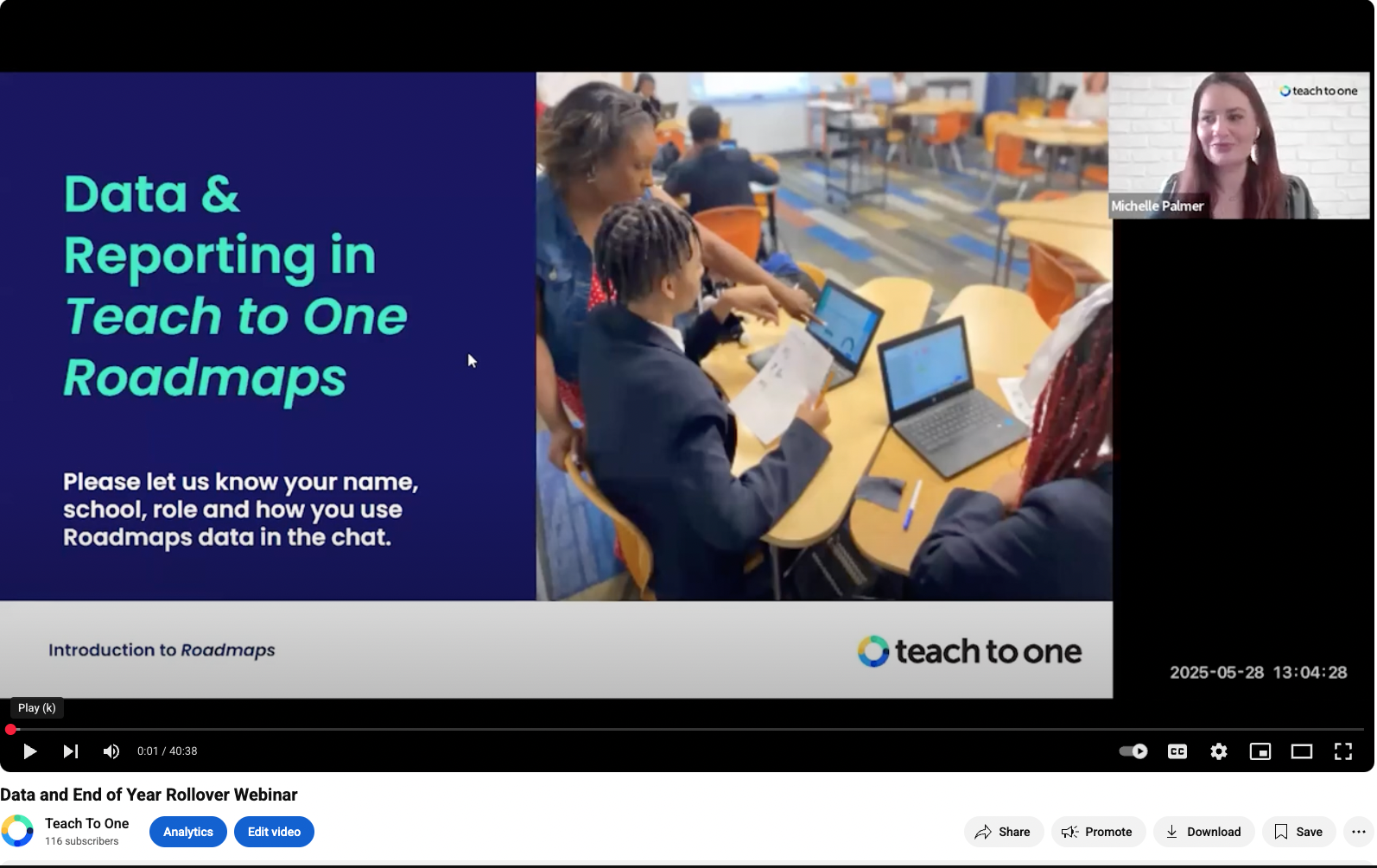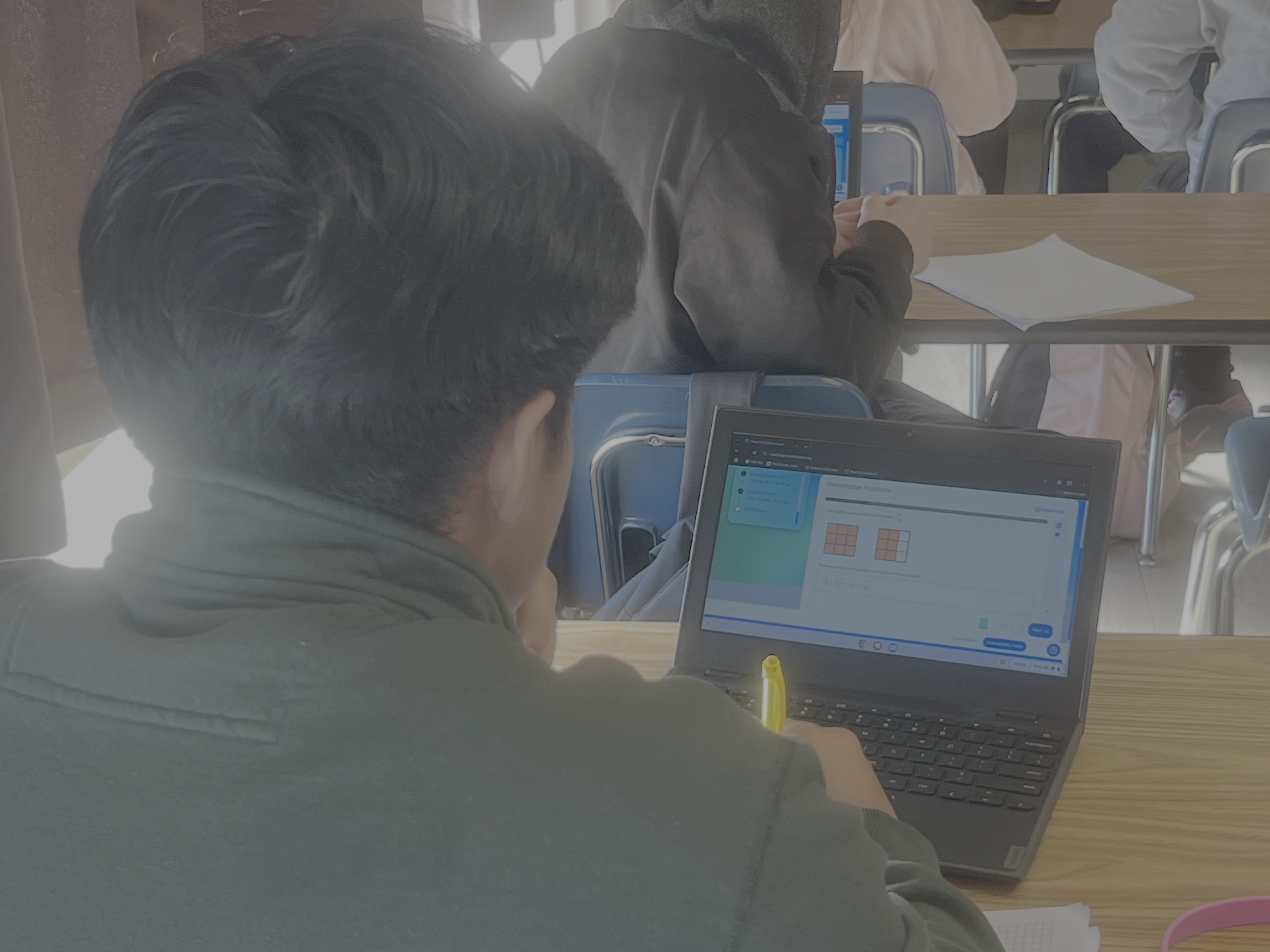Redefining Numbers – How Students Continue to Make Math Accessible
May 10, 2023
By Teach to One for Next Generation Learning Challenges

Earlier this year, numerals created by students from Kaktovik, Alaska were added to the digital realm, including smartphones and computers. This numerical system, called Kaktovik after the Alaskan village where it was created, was originally developed almost 30 years ago as a class project. Since then, it has been endorsed by the Inuit Circumpolar Council, which represents 180,000 Inuit across Alaska, Canada, Greenland, and Russia.
The numerals themselves are uniquely suited for quick, visual arithmetic using the traditional Inuit oral counting system, which is based on the human body. Quantities are first described in groups of five, 10, 15, and then 20. Unfortunately, the system was erased by the 1990s when American schools suppressed the native language and counting systems.
Fortunately, students have maintained the original system and have brought new light to how the numbers can be represented on paper and, in the future, digitally. The thoughtful and visually-designed numbers have made math accessible for students to learn. The design is based on tally marks, with numbers 1 through 4 having tallies for each count. For 5, 10, and 15, each numeral is represented by the number of strokes that matches its value in multiples of 5.
To read more, find this article on Next Generation Learning Challenges here.
Original story and image credit: Amanda Montañez; Source: “Unicode Request for Kaktovik Numerals,” by Eduardo Marín Silva and Catherine Strand. Submitted to Unicode Technical Committee Document Registry March 16, 2021 (reference)
Latest Posts

Recording: Data and End of Year Rollover Webinar
In this 45-minute webinar recording, Michelle Palmer, Senior Director of Customer Success, and Liat Greenspan, Associate Director of Program Success, explain how to assign a skill or pathway, use the Teacher Dashboard to identify struggling students, leverage the Reports Hub for weekly planning, and monitor growth and engagement on the Progress Page.

Getting Students Engaged in Math at Valley Charter
Students arrive at their assigned seats equipped with laptops and individualized Teach to One Roadmaps packets, which include a work time poster, a note-taking sheet, and graph paper.

Webinar Recording: Unlocking Algebra
On Tuesday, May 13, TNTP and New Classrooms released the report: Unlocking Algebra – What the Data Tells Us About Helping Students Catch Up. On the same day Adam Meier, Partner, Research Center of Excellence, TNTP, and Joel Rose, Co-founder and Chief Executive Officer, New Classrooms, presented the findings, recorded in the webinar below. Looking […]